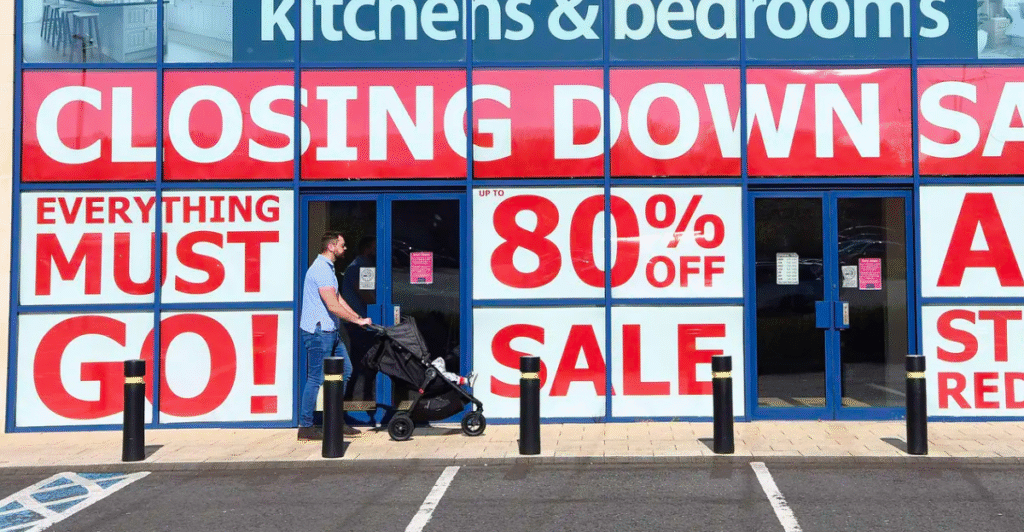
Kirkland’s Home, the home decor chain store, announced a sweeping plan to close about 6% of its 317 stores across 17 U.S. states. These shutdowns, like many other retail closures, are a strategic move in response to financial struggle, underperformance, and the need to adapt to changing retail trends.
As Kirkland’s Home is being forced to evolve, consumers must ask: What does this mean for them? Is your favorite store on the list?
We don’t quite know the answer to that yet, but if it is, what are the real consequences, and will this really affect your life and shopping habits on a grand scale?
Retail History Repeats—With Better Wi-Fi
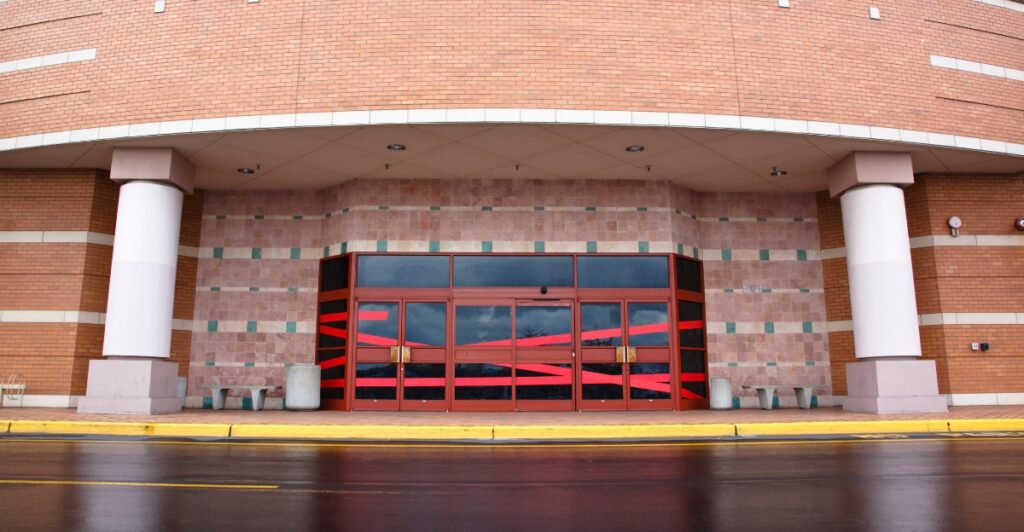
This is not the first time retailers have been eviscerated. During the 1990s, Montgomery Ward collapsed. In the 2000s, Circuit City imploded. And then Toys “R” Us… well, it rose from the ashes.
History proves that implosion often precedes reinvention, and Kirkland’s could follow in one of two ways: it could go the RH route—once nearly bankrupt, now a leading luxury retailer—or, like Borders, it could vanish entirely.
But unlike in the past, modern technology allows for real-time customer feedback, AI-driven inventory, and one-to-one marketing. If Kirkland’s is wise and learns from the past, it may not just survive—it could completely transform.
Follow the Money: A Retail Iceberg in Slow Motion
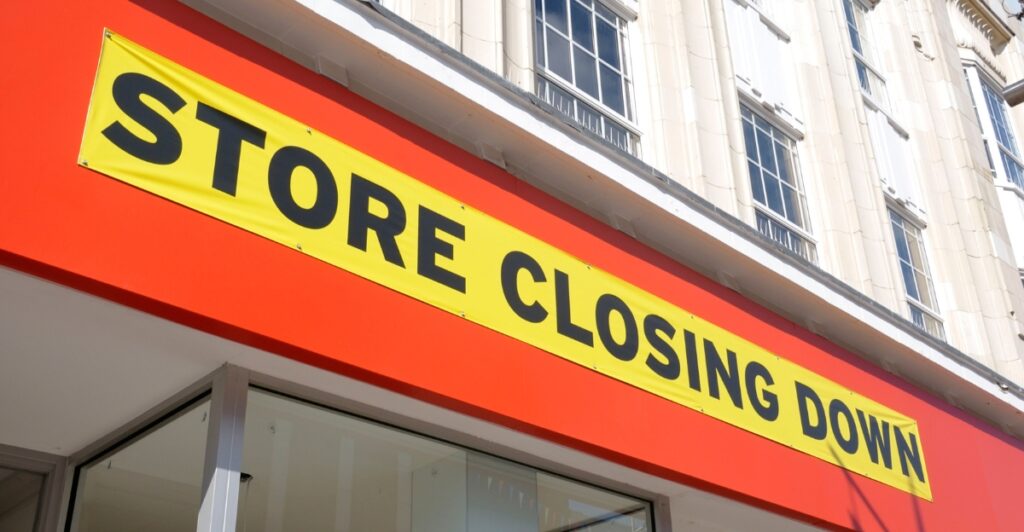
The Kirkland’s Home store closures are symptomatic of a wider financial ice age. Over 2,500 U.S. retail stores will close their doors in 2025, driven by rising costs, shrinking margins, and shifting consumer priorities.
With modest Q4 2024 sales of $148 million, Kirkland’s is perishing slowly. It is too big to pivot quickly and too small to absorb infinite profit losses. Its $7.9 million net income hides the real problems—a decline in store-level productivity and increasing debt.
The brand isn’t necessarily falling off a cliff but rather gliding toward irrelevance. And in this economy, any downward trend without profit is lethal. The numbers never lie—they scream.
Kirkland’s Wake-Up Call: A CEO’s Hard Pivot
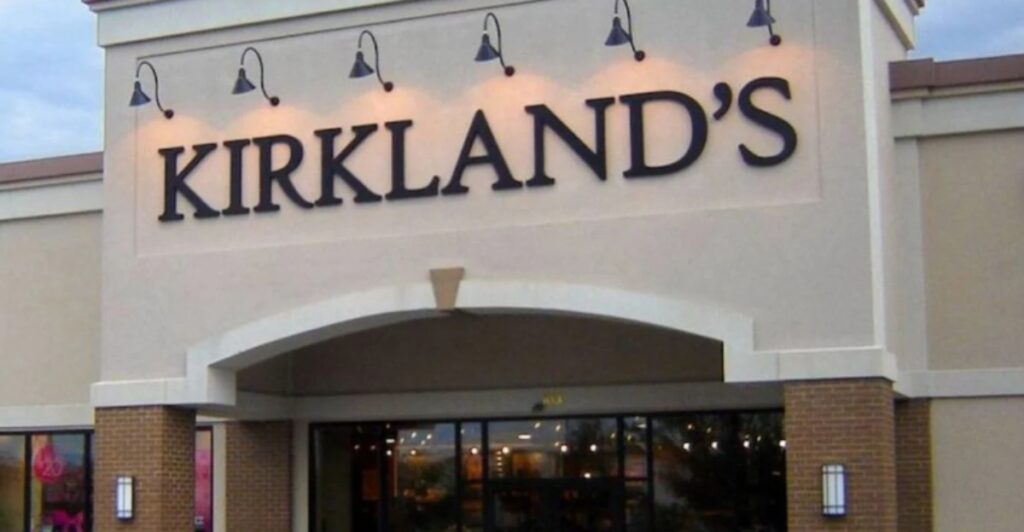
In early 2025, Kirkland’s Home CEO Amy Sullivan said the company would close 6% of its national footprint—about 19 stores—to fight underperformance. While this might look like routine pruning, the message is clear: adapt or die.
The closures are part of a strategy to rebalance investments, improve margins, and better reflect customer behavior. Unlike many struggling retailers, Kirkland’s isn’t just retreating—it’s rebuilding.
Sullivan’s statement signaled that the company intends to evolve rather than quietly fade. In retail, standing still now means moving backward, and Kirkland’s just hit the gas, even if that means burning some bridges.
E-Commerce to the Rescue? Not So Fast

Kirkland’s entry into e-commerce was both inevitable and ironic. As its physical stores shrink, their online counterparts expand with new SKUs, curated collections, and private labels. But e-commerce won’t solve its profit problems.
Kirkland’s average online order size was $125 in 2024, but its fulfillment costs and competition remain ruthless. “Buy Online, Pick Up In Store” strategies are convenient, but they’re no replacement for the touch-and-feel, and impulse-driven nature of the in-store shopping experience.
Online stores can only extend the brand’s reach, but they can’t replace in-store ambiance. Many retailers are still struggling with that final piece of the puzzle: converting clicks to loyalty.
Shopping is Dead—Long Live Experience
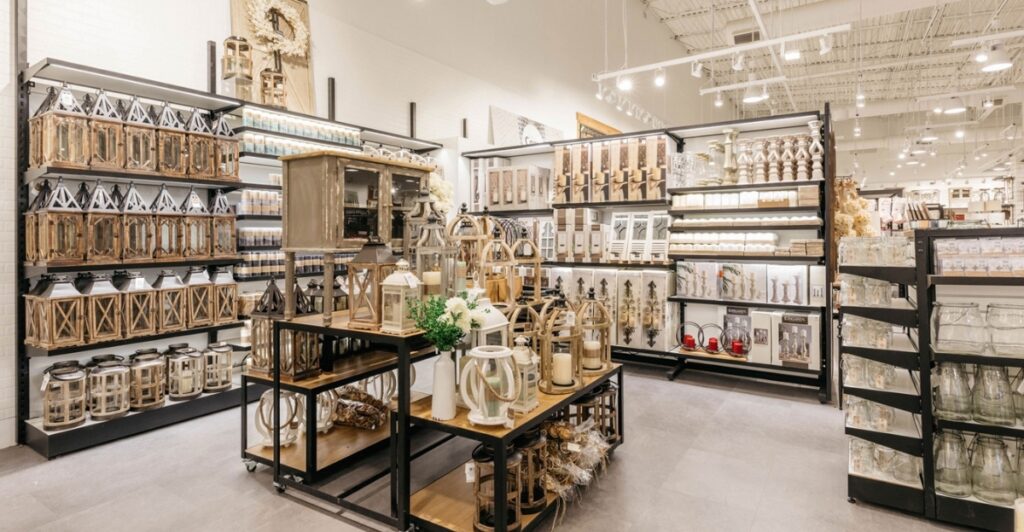
At this point, consumers really need to ask themselves: What’s really killing these stores? Not e-commerce but expectation. Contemporary consumers aren’t just buying lamps; they’re buying ambiance.
For example, IKEA builds experiences, not just bookshelves, and RH sells lifestyle, not couches. Kirkland’s Home once excelled at “cute and cozy” but failed to pivot to “aesthetic and aspirational.”
Home decor is now a content category—Instagrammable, branded, curated, and unfortunately, Kirkland’s stores still resemble 2012, not 2025. That’s the brutal truth. In this age of sensory retail and TikTok hauls, if your store is not a photo op, it might as well be a warehouse.
When Shrinking is Strategic

Contrary to popular opinion, closures can be a sign of strength. Apple, for example, once shut stores to redesign them in a “town square” format. In Japan, Uniqlo trims stores to maximize foot traffic per square meter.
Kirkland’s may be similarly pruning to flourish. Investors prefer lean, profitable operations to bloated, break-even chains. A slimmer, smarter Kirkland’s, focusing on digital strategies and selective storefronts, might outperform its old model.
Retail Darwinism rewards agility over bulk. Closing 19 stores might save the entire brand. In that regard, this isn’t a retreat; it’s a strategic retreat. But now customers want to know: Is their favorite store about to be rebranded?
Closing Stores, Opening Opportunities: The Beyond Inc. Play

The closures don’t necessarily mean the end is nigh; in fact, they are actually closer to strategic openings for something entirely new. Kirkland’s corporate owner, Beyond Inc., can recycle some of the closed stores as Bed Bath & Beyond, BuyBuy Baby, or Overstock stores.
Therefore, the move is not so much about brand diversification but portfolio management. Beyond Inc. turns profit losses into leverage by recycling poorly performing Kirkland’s stores into higher-margin retail brands.
This kind of flexibility is rare in brick-and-mortar retail. However, it means the old Kirkland’s model is dead, and its brand and real estate footprint are yet to be reborn.
The 17-State Hit List: Who’s on the Chopping Block?
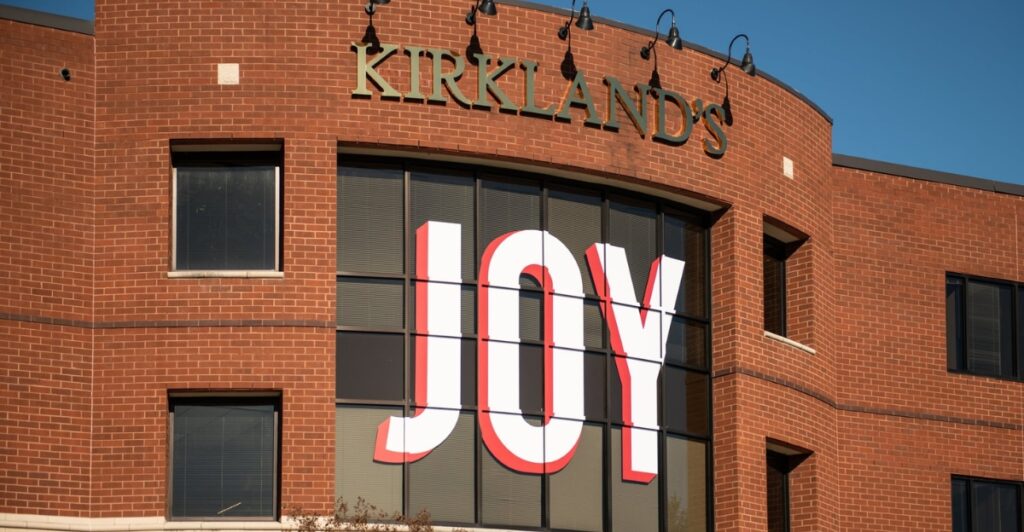
Although Kirkland’s hasn’t released a complete shutdown list, retail analysts suggest that closures will likely be seen in areas with dense store concentrations like Texas (50), Florida (26), and Georgia (21). Other states include Tennessee, North Carolina, and Illinois.
However, these aren’t fringe markets; they represent loyal consumer bases, making this move all the more unexpected. Clearly, a store’s geographic popularity is no longer seen as a lifeline for the brand.
Instead, it’s moving towards decisions based on profitability, lease agreements, and potential future growth. In short, even if your neighborhood store is thriving, its fate could be sealed by spreadsheets, not shoppers. So, consider checking your ZIP code.
Is Your Store Closing and Should You Care?
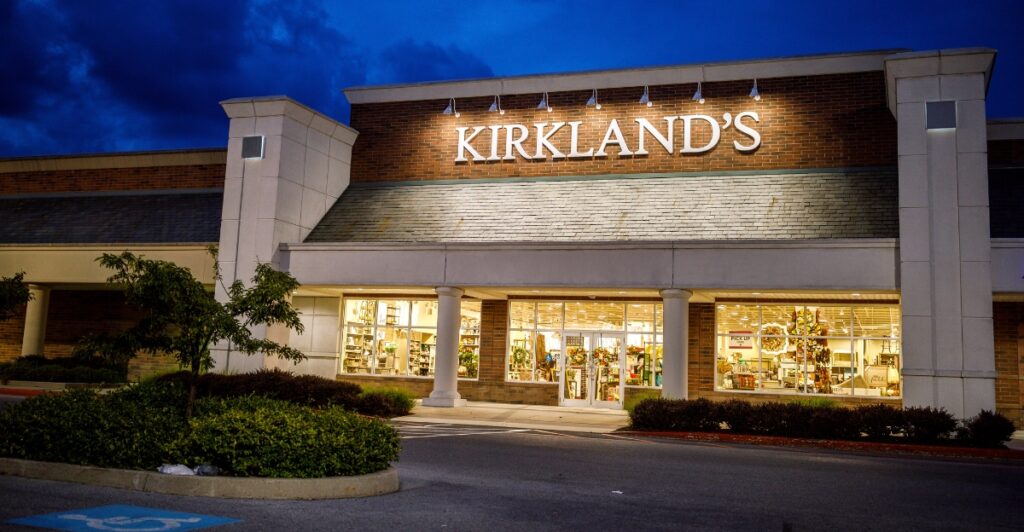
With no confirmed locations yet, you’d best keep checking Kirkland’s website and wait for the impending liquidation signs. But also ask yourself: does it even matter? One thing’s for sure: retailing in 2025 isn’t for the nostalgic; it’s for the nimble.
The future of home decor isn’t necessarily store-centric; it’s experience-driven. Kirkland’s is shedding its skin in the hopes of becoming more flexible, modern, and maybe even avant-garde.
So while your local store might disappear, the brand is ultimately changing. And Kirkland’s, for better or worse, has decided to act. Whether we follow or not depends on what they create next.
